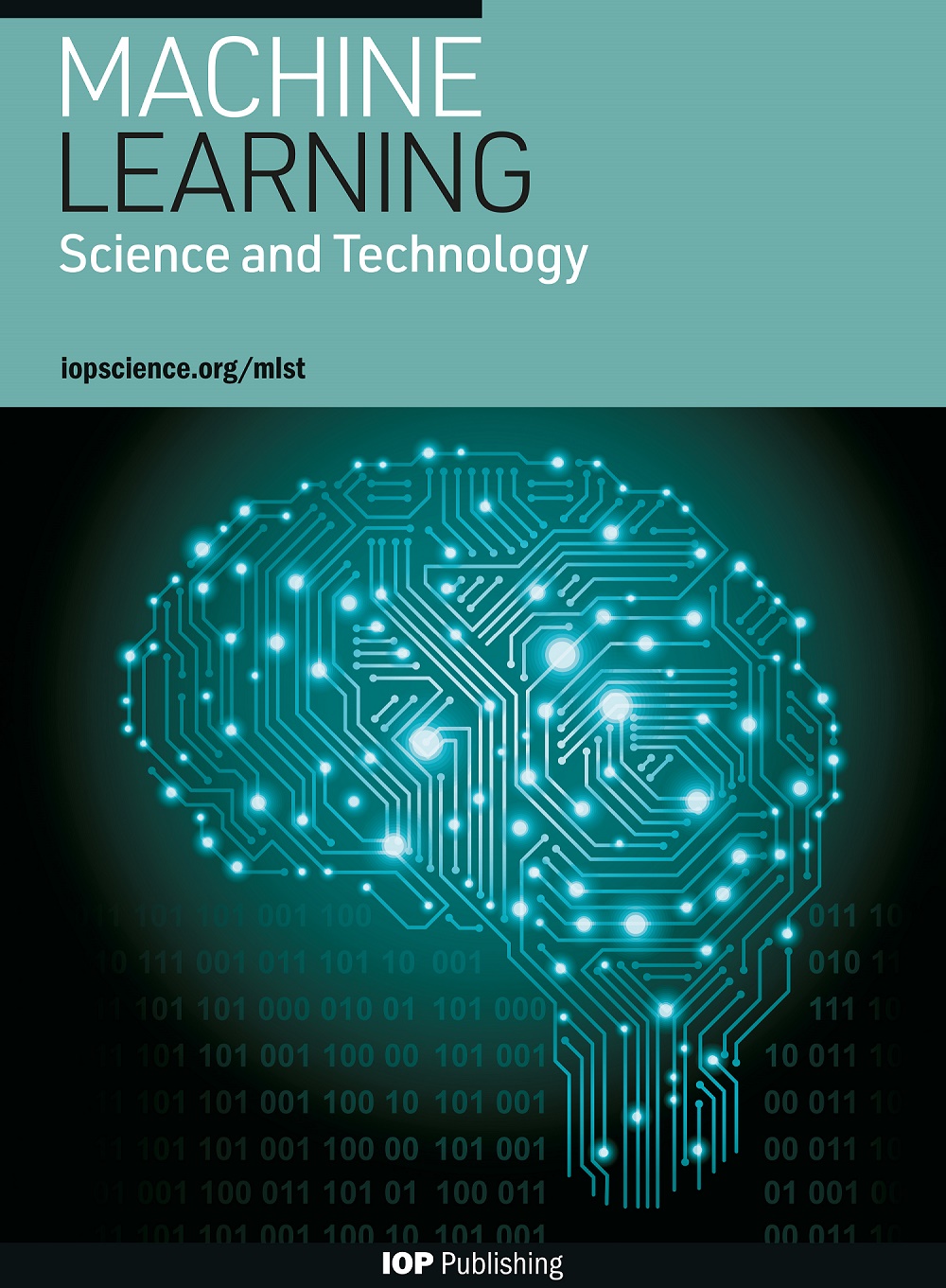R-mAtrIx 网络
IF 4.6
2区 物理与天体物理
Q1 COMPUTER SCIENCE, ARTIFICIAL INTELLIGENCE
引用次数: 0
摘要
我们提供了一种新颖的神经网络架构,它可以:i) 输出给定量子可积分自旋链的 R 矩阵;ii) 在某些对称性或其他限制条件的假设下,搜索可积分哈密顿和相应的 R 矩阵;iii) 围绕已学模型探索哈密顿空间,并重建它们所属的可积分自旋链家族。神经网络训练是通过最小化编码杨-巴克斯特方程、正则性和其他特定模型限制(如隐蔽性)的损失函数来完成的。全态性是通过选择激活函数来实现的。我们在具有二维局部空间的差分形式自旋链上演示了神经网络的工作。特别是,我们重建了所有 14 个类别的 R 矩阵。我们还展示了它作为探索者的实用性,它可以扫描汉密尔顿的某个子空间,并在聚类后识别可积分类。最后一种策略今后可用于在更高维度的局部空间和没有分析方法的更一般环境中刻画出可积分自旋链的映射。本文章由计算机程序翻译,如有差异,请以英文原文为准。
The R-mAtrIx Net
We provide a novel neural network architecture that can: i) output R-matrix for a given quantum integrable spin chain, ii) search for an integrable Hamiltonian and the corresponding R-matrix under assumptions of certain symmetries or other restrictions, iii) explore the space of Hamiltonians around already learned models and reconstruct the family of integrable spin chains which they belong to. The neural network training is done by minimizing loss functions encoding Yang–Baxter equation, regularity and other model-specific restrictions such as hermiticity. Holomorphy is implemented via the choice of activation functions. We demonstrate the work of our neural network on the spin chains of difference form with two-dimensional local space. In particular, we reconstruct the R-matrices for all 14 classes. We also demonstrate its utility as an Explorer, scanning a certain subspace of Hamiltonians and identifying integrable classes after clusterisation. The last strategy can be used in future to carve out the map of integrable spin chains with higher dimensional local space and in more general settings where no analytical methods are available.
求助全文
通过发布文献求助,成功后即可免费获取论文全文。
去求助
来源期刊

Machine Learning Science and Technology
Computer Science-Artificial Intelligence
CiteScore
9.10
自引率
4.40%
发文量
86
审稿时长
5 weeks
期刊介绍:
Machine Learning Science and Technology is a multidisciplinary open access journal that bridges the application of machine learning across the sciences with advances in machine learning methods and theory as motivated by physical insights. Specifically, articles must fall into one of the following categories: advance the state of machine learning-driven applications in the sciences or make conceptual, methodological or theoretical advances in machine learning with applications to, inspiration from, or motivated by scientific problems.
 求助内容:
求助内容: 应助结果提醒方式:
应助结果提醒方式:


